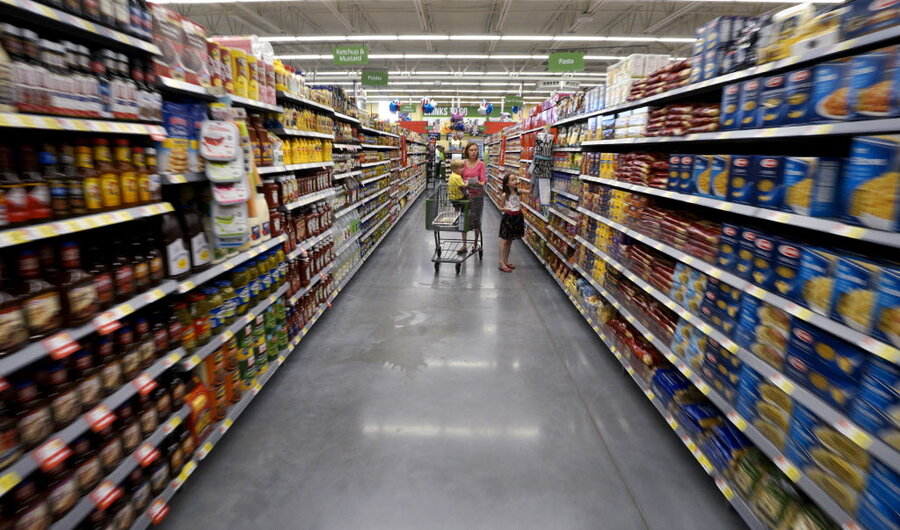What does it mean to be food insecure?
Loading...
Jefferson County, Mississippi, experiences the highest rate of food insecurity in the United States—38 percent of its population—while Loudoun County, Virginia, maintains the lowest rate in the country—4 percent. These are just two of many findings presented in the 2016 installation of the Map the Meal Gap report, produced by Feeding America and Nielsen. The Map the Meal Gap report is a comprehensive analysis of food insecurity in the United States. It is supported by the Howard G. Buffet Foundation and the ConAgra Foods Foundation and strives to generate data about hunger at the local level. Since 2011, the annual report seeks “to gain a better understanding of the impact of hunger on our communities. Map the Meal Gap puts dollars on the data, exposing everything from what people facing hunger spend on meals to what they need to close their food-budget shortfall,” says Crystal Barnes of Nielsen.
The 2016 report’s executive summary highlights two main findings: food insecurity permeates every county and congressional district in the U.S., and food-insecure persons do not always qualify for federal food assistance programs, such as the Supplemental Nutrition Assistance Program; the Special Supplemental Nutrition Program for Women, Infants, and Children; the School Breakfast Program; and the National School Lunch Program. Nationwide, an average of 26 percent of all food-insecure people earn incomes that put them above the threshold for government food assistance. The Map the Meal Gap report defines food insecurity as “the U.S. Department of Agriculture’s measure of lack of access, at times, to enough food for an active, healthy life for all household members and limited or uncertain availability of nutritionally adequate foods.” Those who do not fall within designated income thresholds rely on assistance from charitable organizations. According to the report’s findings, there are 115 counties in the U.S. where the majority of the food-insecure population are unqualified for these government food assistance programs.
The Map the Meal Gap study also offers an interactive map of the U.S., where users can compare data across counties and congressional districts, as well as compare relationships between food insecurity and various socioeconomic factors: such as poverty rates, food price variations, and more. The report and interactive map also include numbers for child hunger. The 2016 data indicate that in 167 counties in the U.S. the majority of food-insecure children do not qualify for federal food assistance programs.
The report’s research was led by Dr. Craig Gundersen, who is a member of Feeding America’s Technical Advisory Group. Map the Meal Gap draws from 2014 Bureau of Labor Statistics data and the American Community Survey averages between 2010 and 2014. As stated in the executive summary, the data generated from six consecutive years of the Map the Meal Gap reports strive to illustrate to readers the changing conditions of food insecurity in the U.S. According to Diana Aviv, CEO of Feeding America, “This new research documents the pervasiveness of hunger in every community in our nation. While the economy has improved and unemployment rates have declined, many people are still struggling to access adequate amounts of nutritious food for their families.” Map the Meal Gap’s 2016 installment shows that the highest concentrations of food insecurity occur in southern U.S. states (as delineated by the U.S. Census Bureau’s Census geographic divisions). While the study found that food insecurity occurs in every county in the U.S., 50.2 percent of the counties with the highest rates of food insecurity are rural. However, according to the report, rural counties constitute only 43 percent of all counties in the U.S.
In addition to geographical discrepancies, the report found trends based on racial and ethnic minority groups. For example, the data indicates that of the 97 counties in the U.S. with majority African American populations, 96 percent of these counties experience high food-insecurity rates. A high food-insecurity rate encompasses counties with overall or child food-insecurity rates in the top 10 percent of all counties in the U.S.
This article first appeared at Food Tank.







